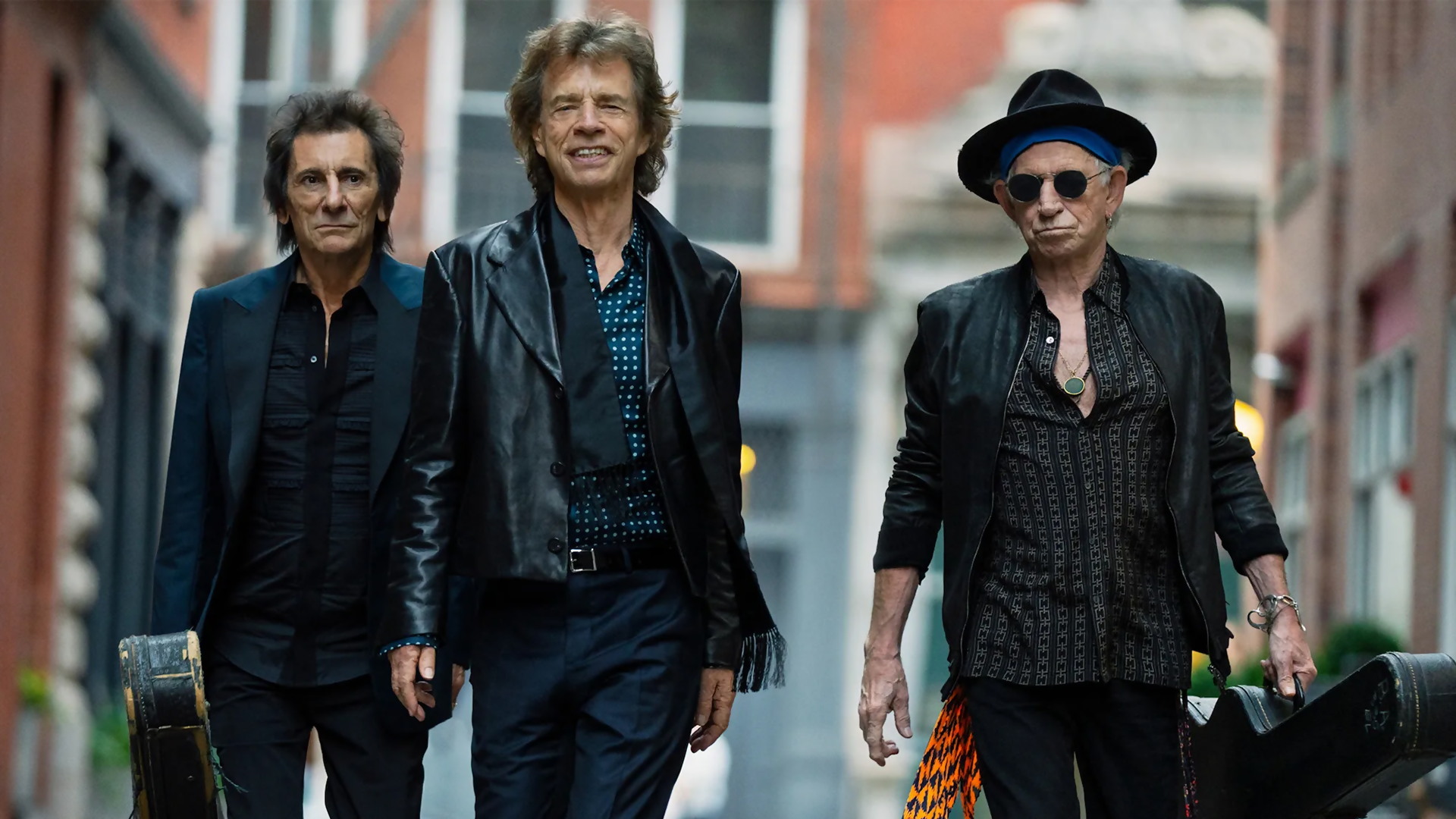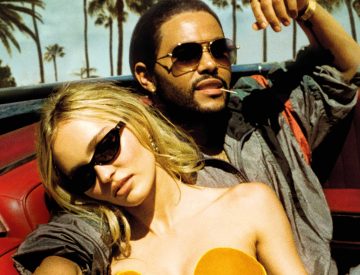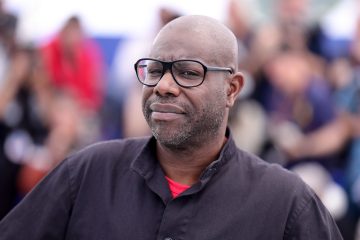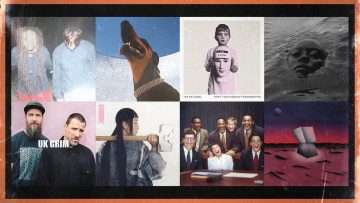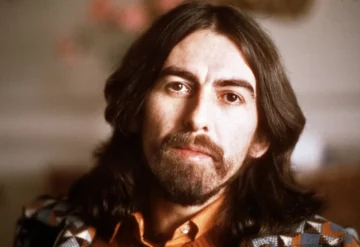Their sixtieth anniversary as a band has come and gone but The Rolling Stones swagger on. Last year, they lost stalwart drummer Charlie Watts and it seemed like a logical time to nestle into retirement but then Mick, Keith and Ronnie have never been ones to rest up in a rocking chair. Almost a decade on from Blue & Lonesome, an album of blues covers, the Stones are releasing their first LP of original material (plus a Muddy Waters cover) in nearly 20 years.
It’s long been felt the band had at least one more in them. On stage, they’re too tight, too good to not push themselves back into the studio. Now ahead of the release of Hackney Diamonds later this week, we revisit some of the defining moments that have made the Stones what they are today: the best band in rock n’ roll history.
Mick meets Keith
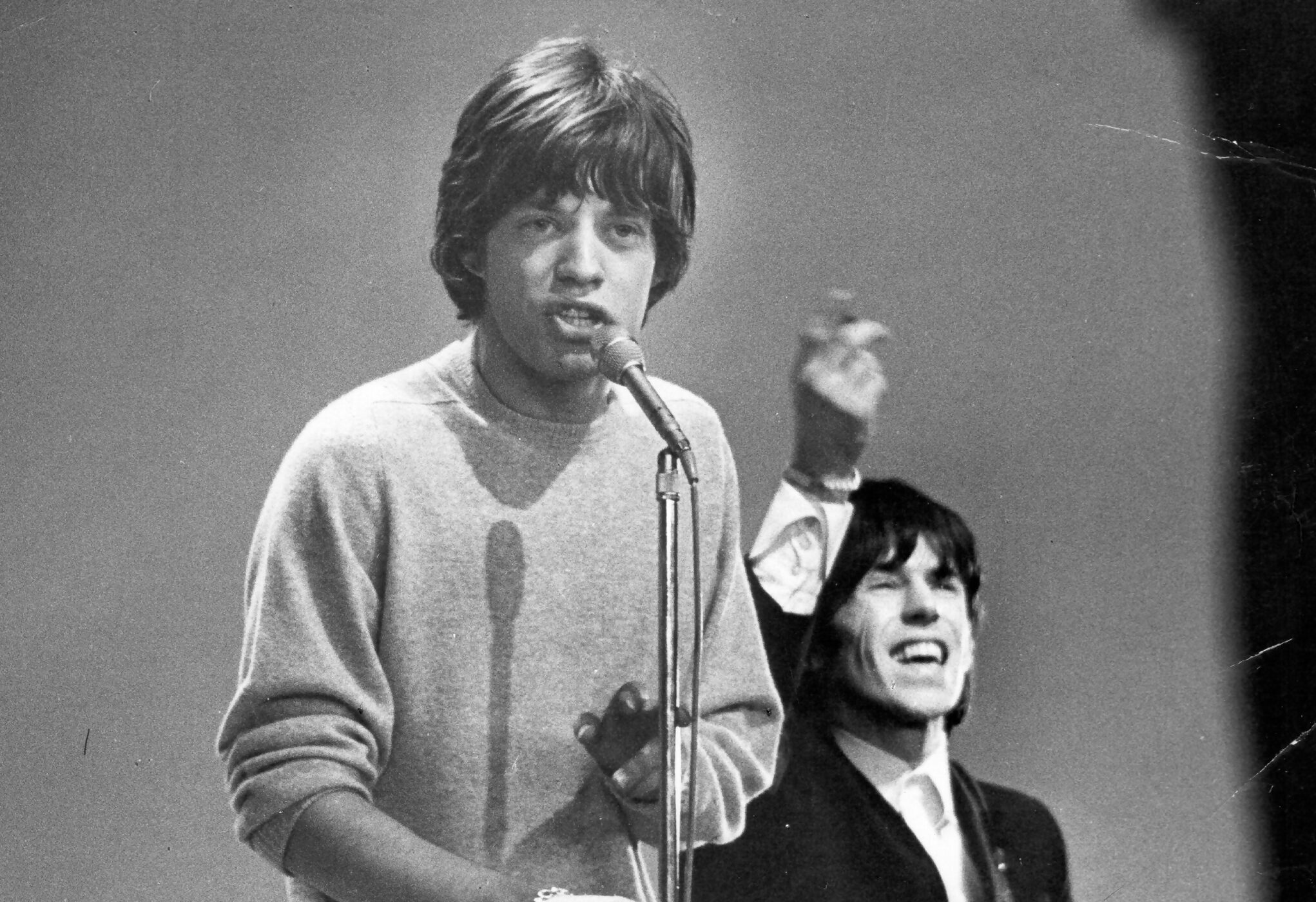
Photo: Michael Ochs Archives
Not much typically happens at Dartford Station but it is where Mick Jagger, then 18, first met a 17-year-old Keith Richards. Even though they’d attended the same primary school and even been neighbours, the future Glimmer Twins first met in earnest at the railway station, with Jagger on his way to the London School of Economics, and Richards’ eye noticing the Chuck Berry and Muddy Waters records his soon-to-be frontman was carrying.
Jagger and Richards bonded swiftly over this mutual interest in rhythm and blues, with the prodigious guitar player (who already knew all of Berry’s solos) soon joining Mick’s Little Boy Blue and the Blue Boys band, which also featured mutual friend Dick Taylor.
Charlie joins
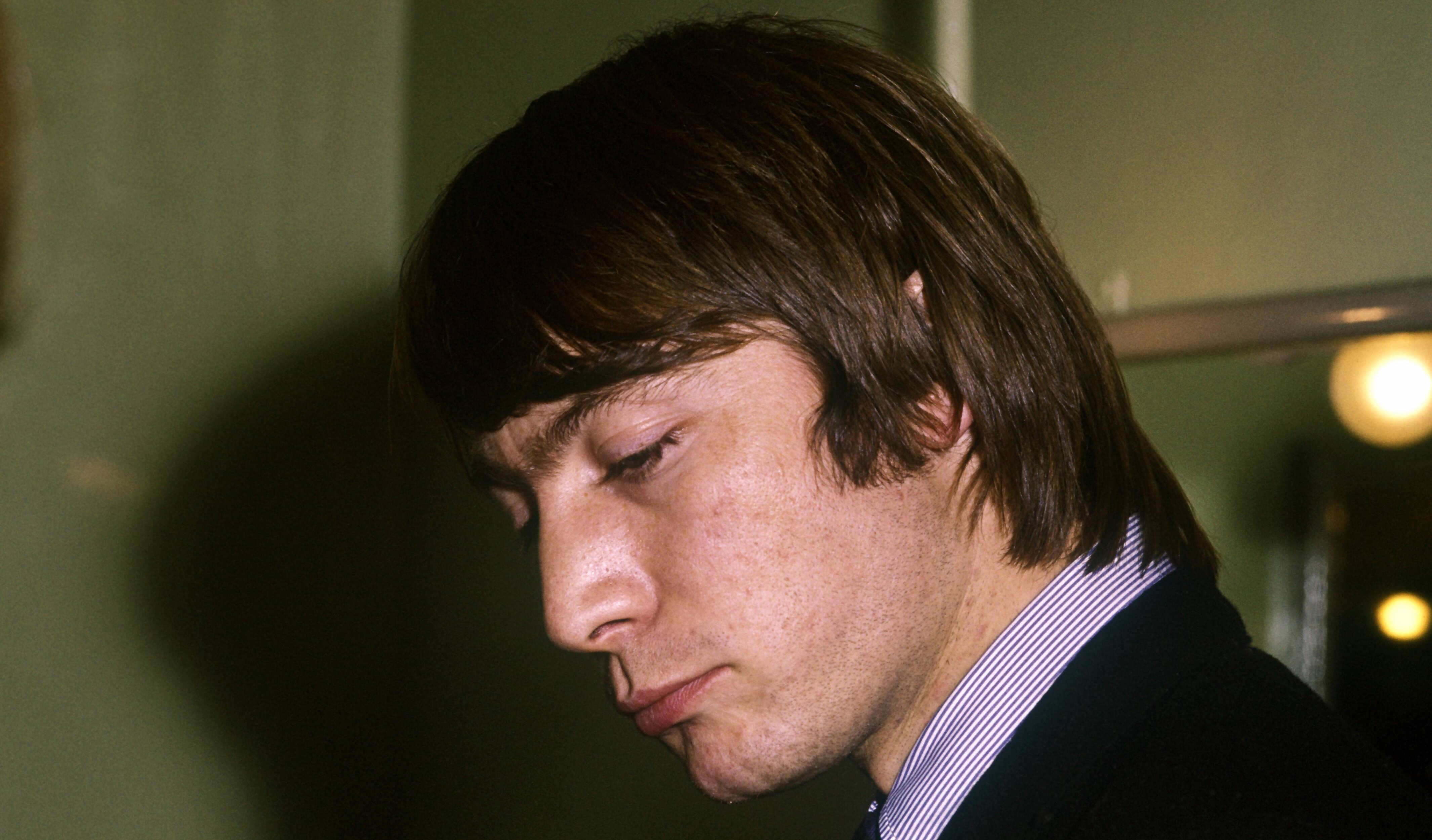
Photo: David Redfern
The early days of the Stones saw Tony Chapman on the drum kit, as Charlie Watts (with whom the rest of the Stones were acquainted) performed at the time with Blues Incorporated and Alexis Korner. On paper, the jazz man was an odd fit for the rock n’ rollers, but Watts would go on to be the quite literal heartbeat of the Stones, the groove that kept them rumbling for six decades.
First US tour
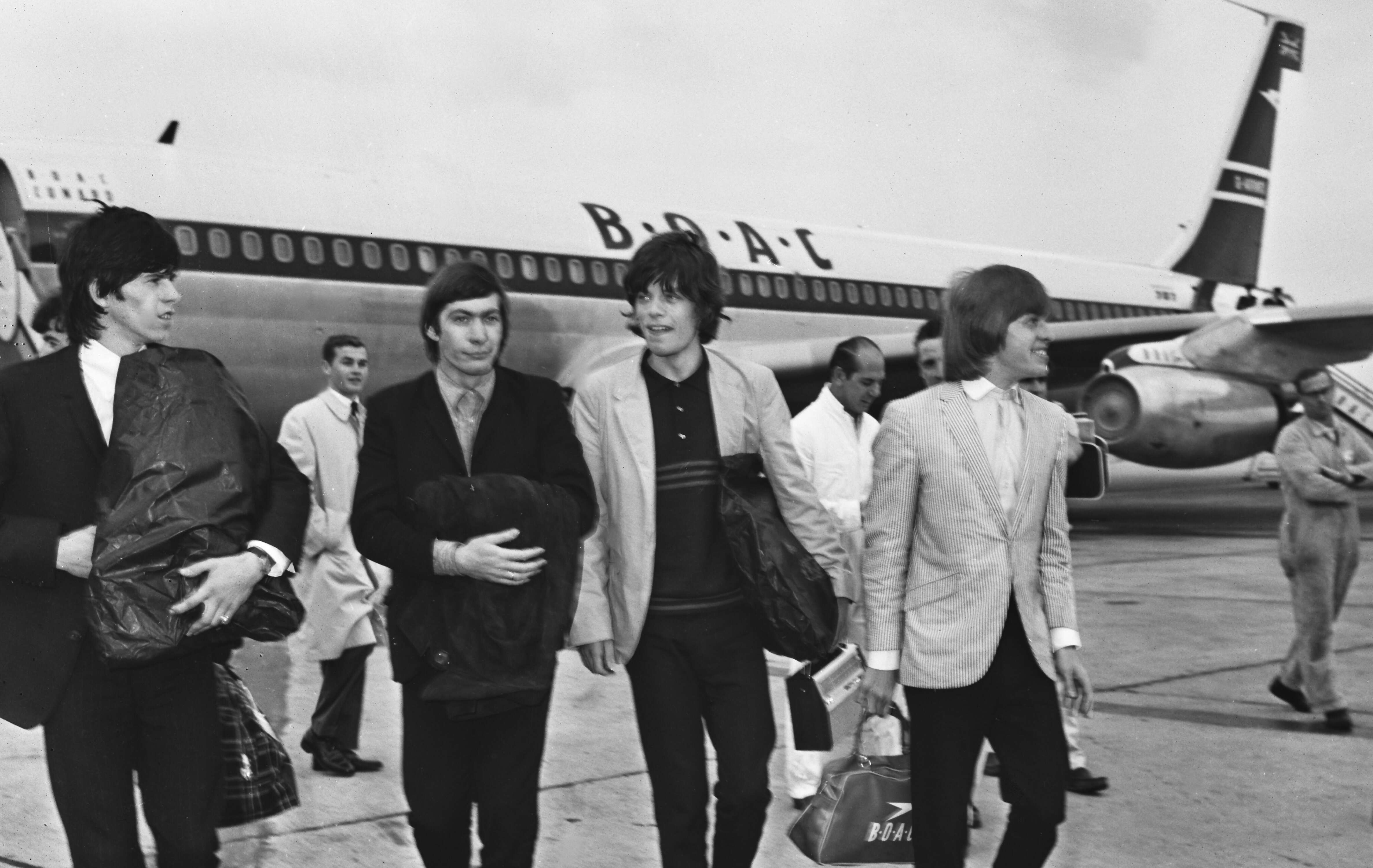
Photo: Hulton Archive
Labelled a disaster by the band themselves, the Stones’ first venture to the States was not as successful for them as it was for The Beatles, but it proved to be a defining experience for the young fivesome. While there were numerous lows throughout the tour – which was in support of their debut album – including unreceptive audiences and a very public mocking by Dean Martin, their time in the US was still productive.
It was while in the States that they recorded their first number-one hit, a cover of The Valentinos’ ‘It’s All Over Now’. Though Bobby Womack was reluctant to let this fairly unknown British group record his song, he was convinced by Sam Cooke and soon had a large smile on his face (and an even larger bank account) after the cover became a worldwide hit.
(I Can’t Get No) Satisfaction
Virtually all of the signature motifs we now associate with the Stones start with ‘(I Can’t Get No) Satisfaction’. Released in 1965 and still one of their most iconic songs, ‘Satisfaction’ features an instantly identifiable Richards riff, all-consuming cinematic production and the unbeatable Jagger drawl that growls in a sexually suggestive manner. So goes the story: Richards imagined the riff in his sleep.
Though now a certainty at every Stones show, ‘Satisfaction’ was very nearly not released as a single as Jagger and Richards thought it didn’t cut the mustard. Thankfully, they were outvoted by the rest of the band (and their manager), and the song became their biggest hit to date and an all-time classic.
Death of Brian Jones
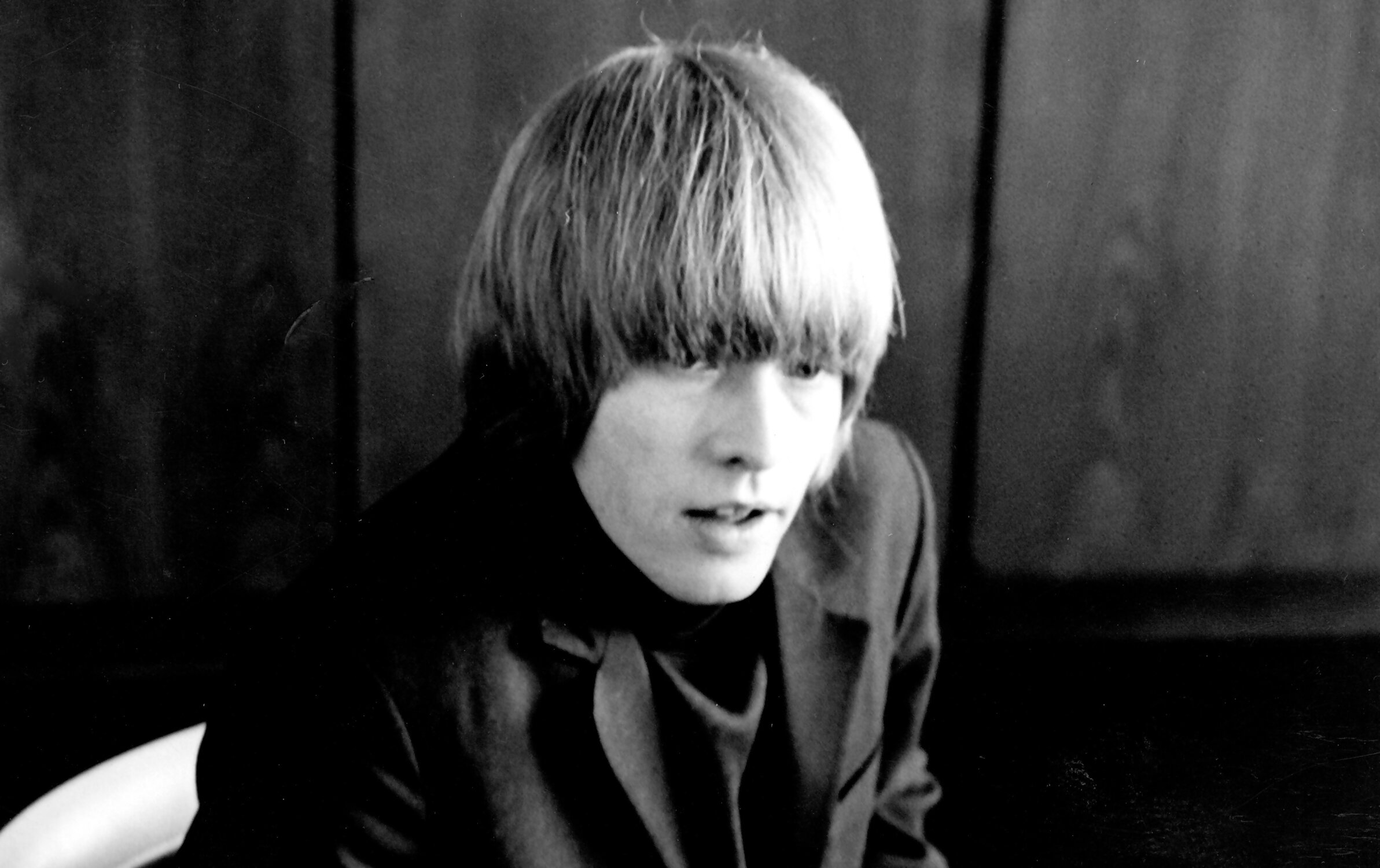
Photo: Michael Ochs Archives
Initially, the leader of the Stones, Brian Jones’ musical contributions had diluted somewhat as the 1960s marched on and Jagger and Richards solidified their songwriting partnership. No longer the creative heart of the band he helped found, Jones became increasingly isolated from the rest of the band and began what was – even by the Stones’ standards – excessive drug-taking.
While Jones’ personal relationships with his bandmates became increasingly troubled, so did his commitment to the music, with him starting to become an unreliable presence in the studio with his contributions to Beggars Banquet being incredibly limited. By 1969, Jones was beginning to become a footnote in his own band and appeared increasingly frail. Unable to get a visa to tour the US due to his drug convictions, he was removed from the band altogether.
A month later, Jones was found dead in his swimming pool at his home in Sussex, aged just 27. The band would dedicate their enormous gig at Hyde Park to him two days later.
Altamont
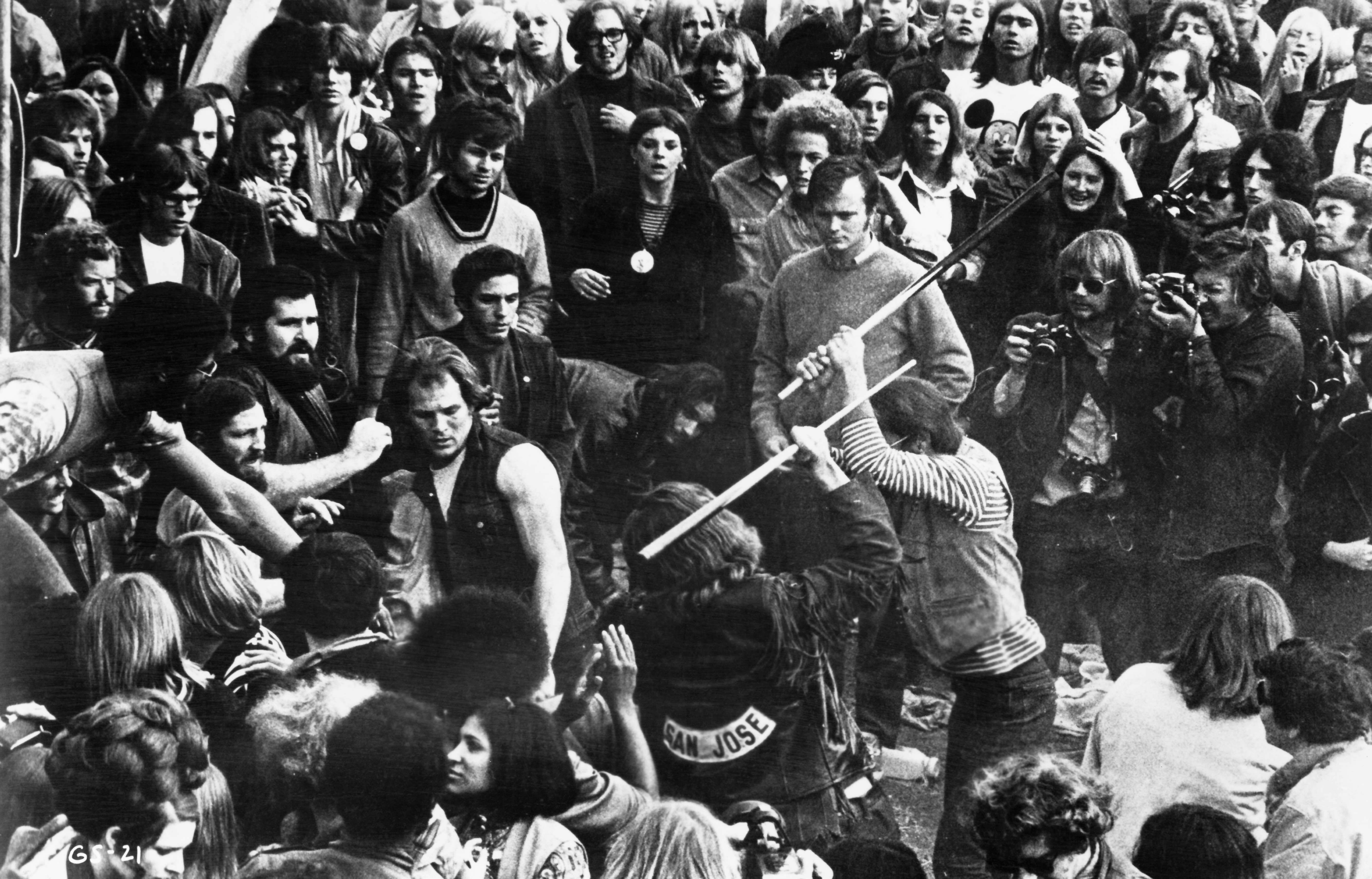
Photo: Bill Owens
The darkest day in Stones history and arguably the darkest day in all of Rock. Attended by around 300,000 people, the Altamont Free Concert was pegged as a West Coast version of Woodstock, with the Stones topping a bill that included Jefferson Airplane, Santana and Crosby, Stills, Nash & Young. But the event is now best remembered for the scores of violence that plagued the event, particularly the death of Meredith Hunter.
While the Stones were performing, 18-year-old Hunter approached the stage, and security took the form of the Hell’s Angels, who had already spent the day drinking. Hunter was violently removed from the stage area only to momentarily later pull a revolver from his jacket.
One of the bikers then disarmed Hunter and stabbed him several times, with the entire incident caught on camera by Albert and David Maysles for their documentary Gimme Shelter. The Stones were seemingly unaware of the full extent of the violence in the crowd, with Jagger making several calls for calm during the set.
The Lips Logo
As identifiable with the Stones as The Who’s target logo is to them, the lips and tongue wasn’t actually associated with the band until 1971 when it was included as part of the Sticky Fingers LP artwork. The logo was designed by art student John Pasche, who was paid just £50 at the time for his work.
READ MORE: Simply the best | Remembering Tina Turner through her most iconic hits
The lips have gone on to be featured on virtually every bit of Rolling Stones merchandise known to man. Coffee cups, socks, hip flasks – even a credit card. If the Rolling Stones have sold it, it’s probably had their lips on it.
Ronnie Wood
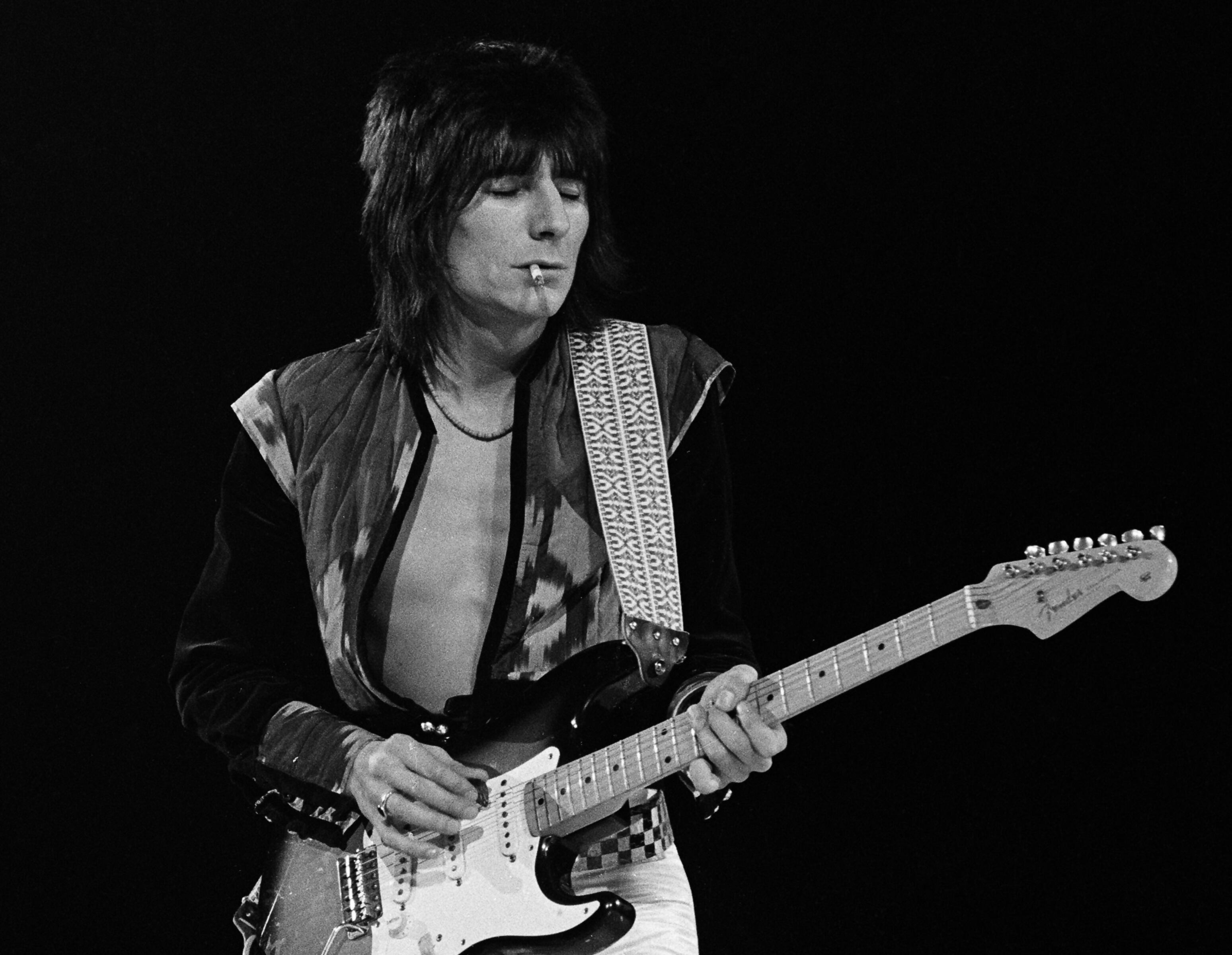
Photo: Fin Costello
The ‘70s and ‘80s were an up-and-down period for the Stones. Mick Taylor left, feeling unloved, so the band needed a new guitarist. Virtuosos such as Jeff Beck and Peter Frampton auditioned, but it was Ronnie Wood, then of the Faces, who would join them. In Wood, Richards found his most compatible sideman, with the two having a natural chemistry on and off stage.
In among the turmoil and the oft-feuding Richards and Jagger of the time, Wood was a bridge and a buffer, and it’s hard to imagine the Stones still kicking it all these years later without him.
Touring titans

Photo: Charles McQuillan
As their studio output dried up at the dawn of the 1990s, the Stones became the hottest act on the live circuit, even with minimal new material to play. After spending most of the ’80s off the road, the Steel Wheels tour of 1989/1990 reaffirmed their stature as rock gods, with the rest of the ’90s seeing the band break just about every touring record.
As the Stones played bigger and bigger shows, they got tighter as a band to the point where it almost appeared effortless as they strutted into their 70s. As a touring band, they also hit several landmarks, such as playing to a million people on a beach in Rio, performing at half-time at Super Bowl XL and breaking every box-office record known to man.
Glastonbury
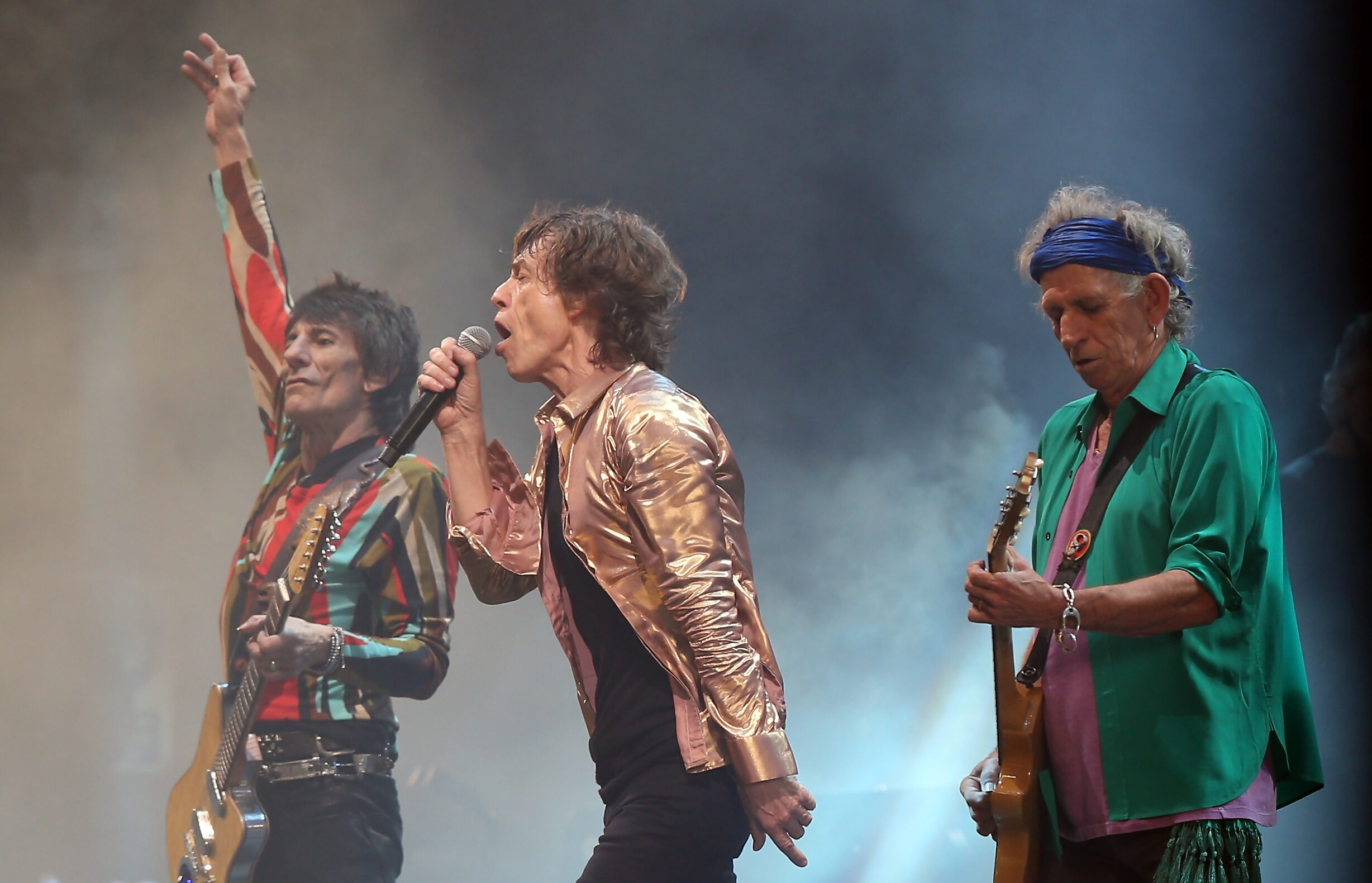
Photo: Matt Cardy
By 2013, The Rolling Stones had done it all. Except headline Glastonbury. They righted that wrong with a blistering greatest hits set in Worthy Park on a packed Pyramid Stage and a then-record audience watching at home on the BBC. The Stones sang ‘You Can’t Always Get What You Want’, but the crowd in Somerset got exactly what they wanted that night – and then some. It would have been the perfect denouement for the band, but they weren’t even thinking about retirement.
Death of Charlie Watts
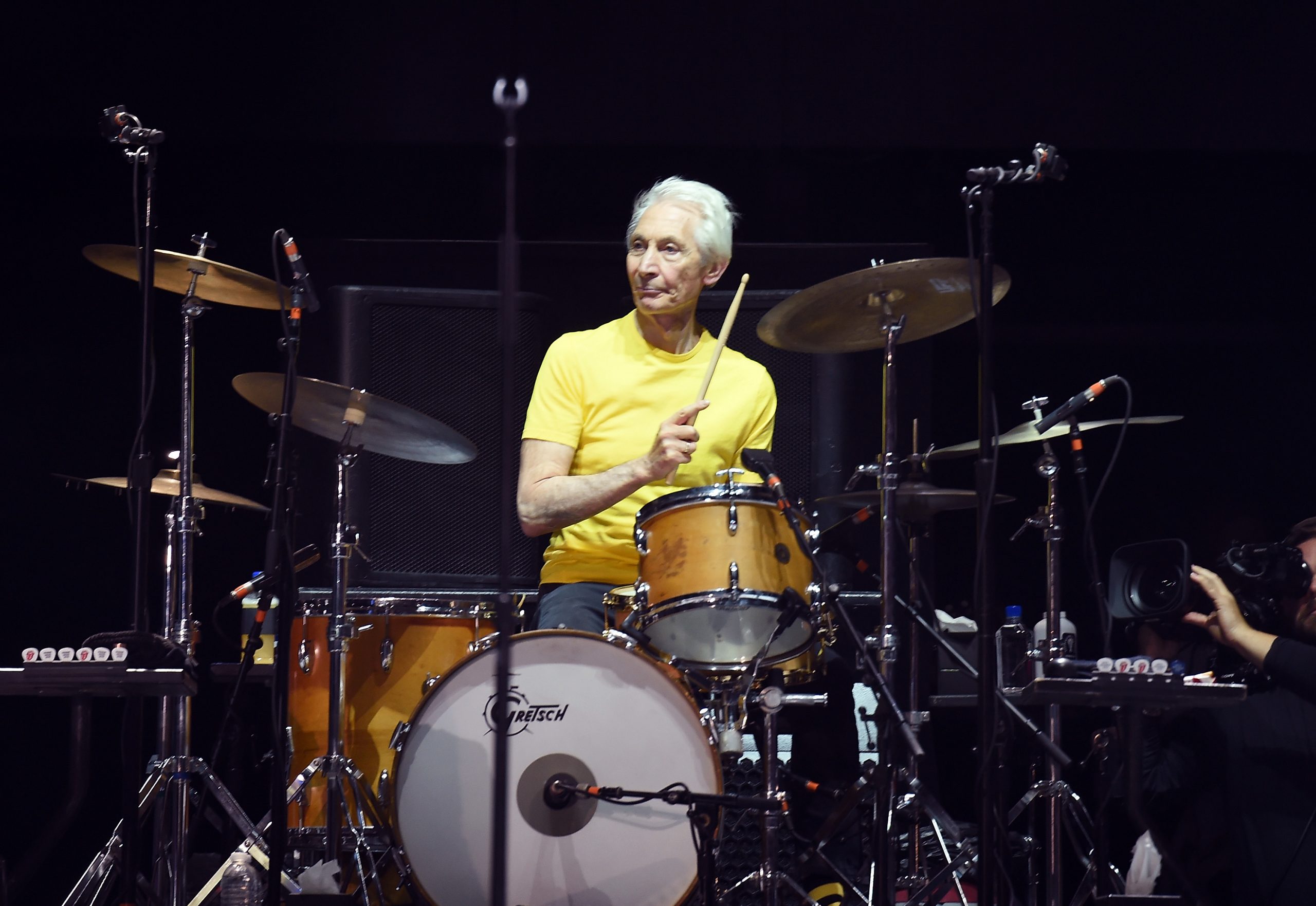
Photo: Kevin Winter
The future seemed ominous when the Stones announced they would be touring without Charlie Watts for the first time in 2021 because their irreplaceable drummer had undergone a medical procedure earlier in the year. It was only a couple of weeks later Watts died, and, although the cause of death has never been publicly revealed, Richards did mention that his long-time friend had cancer.
READ MORE: Unplugged: Why is the live album dying?
The band paid tribute to Watts throughout their No Filter tour, with Steve Jordan (Watts’ handpicked replacement for himself) filling in on the sticks. Though the Stones would never be the same again without their heartbeat, they continued on into a seventh decade of recording and touring.
Hackney Diamonds
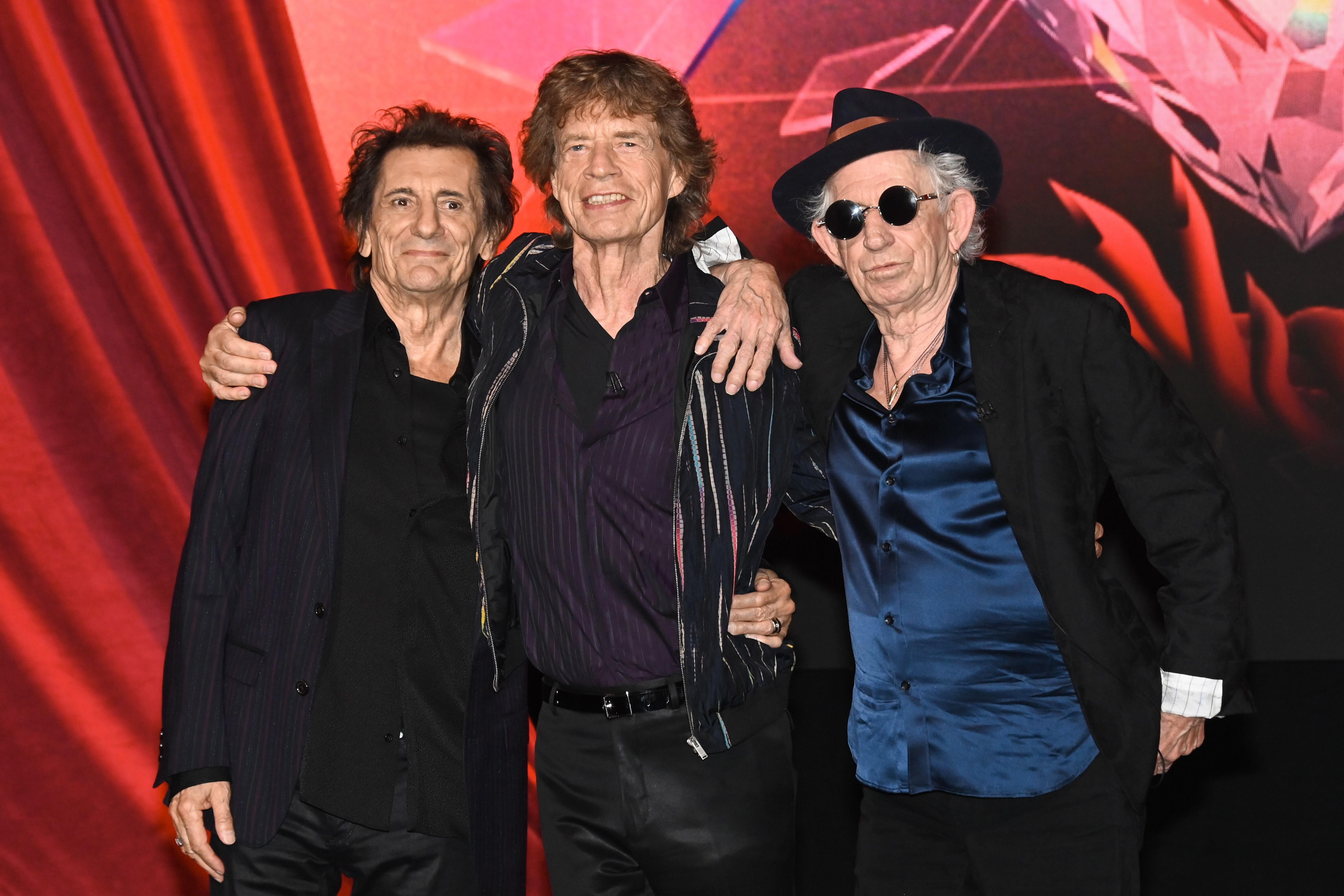
Photo: Stuart C. Wilson
Depending on where you are in the world, Hackney Diamonds is either the 24th or 26th Rolling Stones album and a miracle of one at that. Set for release later this week, the album is a vital, raucous release from the greatest rock band of all time. It also features contributions from members of the other greatest rock band of all time (hello, Paul McCartney) and deceased drummer Charlie Watts and marks the first album of original material in 17 years.
Hackney Diamonds defines the band as immensely relevant in 2023. Whilst some might think they should be drinking Horlicks and planting petunias, instead, they’re delivering the biggest rock album of the year – arguably longer – that’s equal parts euphoric and melancholy and stands confidently among their late 60’s heyday.
Hackney Diamonds is released on 20 October.

